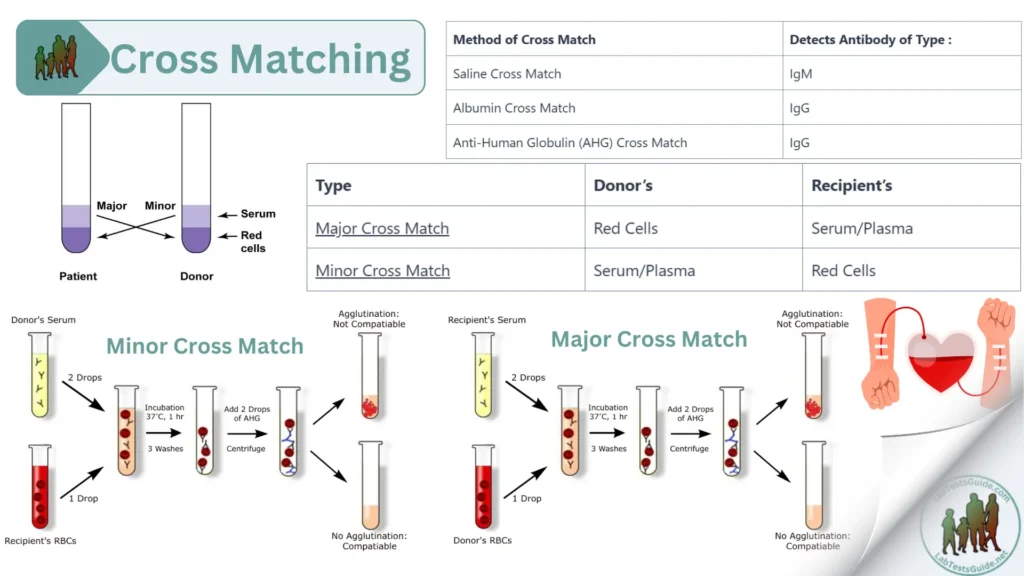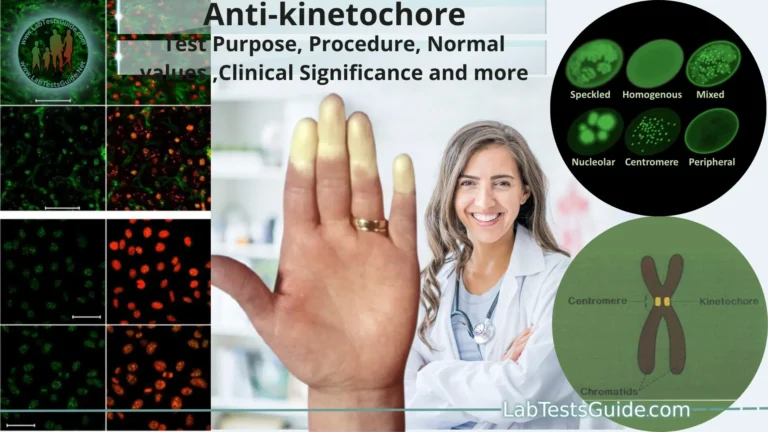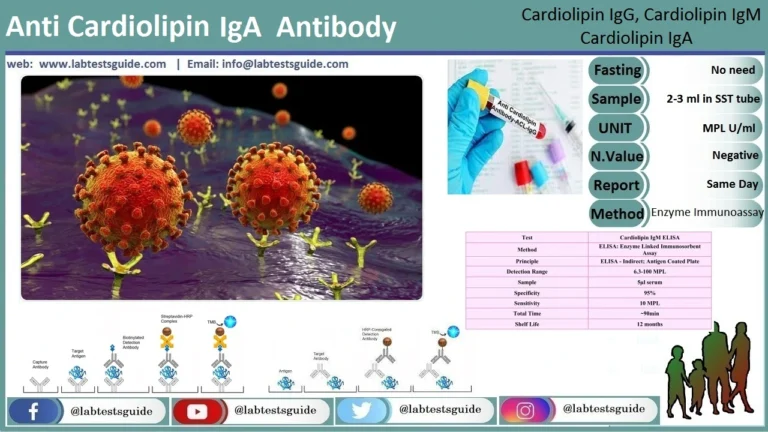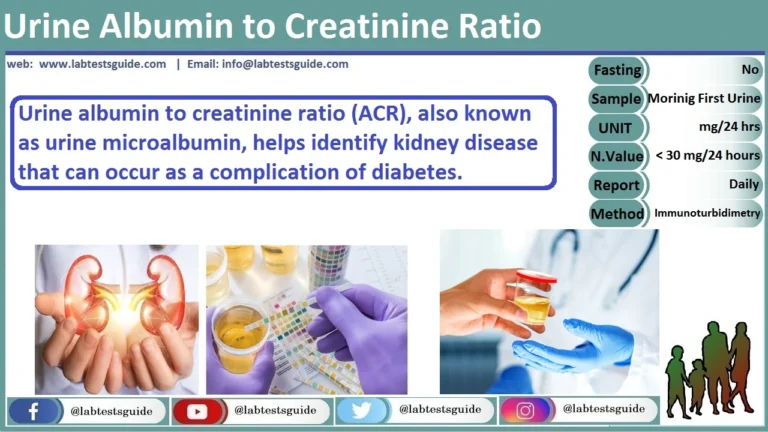In transfusion medicine, cross–matching or cross matching (part of series of steps in blood compatibility tests) is testing before a blood transfusion to determine if the donor’s blood is compatible with the blood of an intended recipient.

Purpose of cross-matching (Indication):
- The primary purpose of the crossmatch is to prevent a transfusion reaction.
- Crossmatch is done before the major surgery.
- Crossmatch is also done before operation where there is usually no need for blood, e.g. hysterectomy, and cholecystectomy.
- packed RBCs transfusion:
- Anemia when the hemoglobin is <7 G/dL or hematocrit <21% without any complication of cardiovascular function.
- Hb <10 g/dl and HcT <30% in patients with cardiovascular disease, sepsis, or hemoglobinopathy.
- platelets transfusion:
- prophylactically in case of platelets count <10,000/cmm in adults and <50,000/cmm in neonates.
- In case of bleeding when platelets are <30,000/cmm.
- In the case of postoperative bleeding when the platelets count is <50,000/cmm.
- In case of post-cardiopulmonary bypass when the platelets are <100,000/cmm.
- Fresh frozen plasma:
- When the INR ≥ 2 and in case of bleeding.
- In the case of nose bleeds when the INR is ≥ 6.
- In thrombotic thrombocytopenic purpura.
- Cryoprecipitate:
- In the case of dysfibrinogenemia.
- When the fibrinogen is <100 mg/dL.
- In the case of Von Willibrand disease.
Why do I need this test?
You may need this test if you need or may need a blood transfusion. For example, you might need a blood transfusion if you have an acute hemorrhage that causes a severe loss of red blood cells.
You may also have this test if you are having certain medical procedures that could cause significant blood loss, such as a cesarean section, a renal biopsy, or a cholecystectomy.
You may also have this test if you:
- Have severe anemia or a condition that causes severe anemia, such as sickle cell disease or thalassemia
- Have cancer and your healthcare provider wants to check the effects of chemotherapy
- Have a bleeding disorder such as hemophilia
- Are pregnant, to find out if you are Rh negative or positive
- May be getting an organ, bone marrow, or tissue transplant
Precautions for the donor (rejection of the donor):
- Do not take blood from the donor if:
- Blood donated in less than 8 weeks.
- Poor health like cancer, cardiopulmonary disease, and bleeding disorder.
- Pregnancy during and after 6 weeks of delivery.
- Blood pressure more than 180/100.
- Pulse when 50/min or more than 100/min. The only exception in the athlete where the pulse is usually low.
- Hemoglobin is less than 12.5 g/dL or hematocrit less than 38%.
- The donor with a history of viral hepatitis like HBV, HCV, HIV, etc.
- The donor with leukemia or lymphoma.
- The donor with Malaria or coming from the malarial area should avoid giving blood for three years.
- A person with the venereal disease should not give blood at least for one year (Syphilis or Gonorrhoea).
- A person with rubella or varicella vaccination should not give blood for 4 weeks.
- Donor if running fever > 99.5 °C.
Criteria for the selection of the blood donor:
- History of the donor:
- There is no history of viral hepatitis in the last 6 months.
- No history of blood transfusion in the last 6 months.
- There should be no contact with the patient of viral hepatitis.
- Avoid drugs addicts.
- No history of tattooing in the last 6 months.
- Blood positive for HBV or HCV or HIV.
- Hemoglobin should be at least 12.5 G/dL. This should be checked before taking the blood.
- Age: Ideal age between 18 to 65 years.
- Body weight: The donor should weigh at least 50 kg (110 lbs).
- History of recent immunization: Defer this donor for at least one week till they have no sign and symptom.
- History of malaria: Such donors with a history of malaria should be deferred for at least three years. The people who have traveled to the malarial area should also be deferred for three years.
- History of donation: Avoid professional donors because they have always low hemoglobin.
- The donor should not donate blood more than 4 times a year.
- The females are not good donor because of the loss of blood in the menstruation.
Principle of Cross Matching
Cross matching is based on the principle of serological detection of any clinically significant irregular/unexpected antibodies in either donor or recipient’s blood. There are two types of cross matches:
- Major Cross Match: It involves testing the donor’s red cells with recipient’s serum to determine the presence of any antibody which may cause hemolysis or agglutination of donor red cells.This is more important than minor cross match.
- Minor Cross Match: It involves testing of donor’s plasma with recipient’s red cells to determine the presence of any antibody which may cause hemolysis or agglutination of recipient’s red cells.
| Type | Donor’s | Recipient’s |
|---|---|---|
| Major Cross Match | Red Cells | Serum/Plasma |
| Minor Cross Match | Serum/Plasma | Red Cells |
Procedure of Cross Matching
There are different methods for cross matching, as shown in table. Among them most commonly used technique is Anti-human globulin (AHG) cross match.
| Method of Cross Match | Detects Antibody of Type : |
|---|---|
| Saline Cross Match | IgM |
| Albumin Cross Match | IgG |
| Anti-Human Globulin (AHG) Cross Match | IgG |
Types of Cross Match
There are two types og Crossmatching :
What tests will being during Cross Match:
Possible References Used





